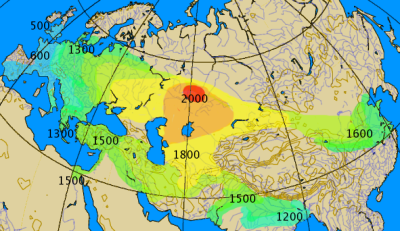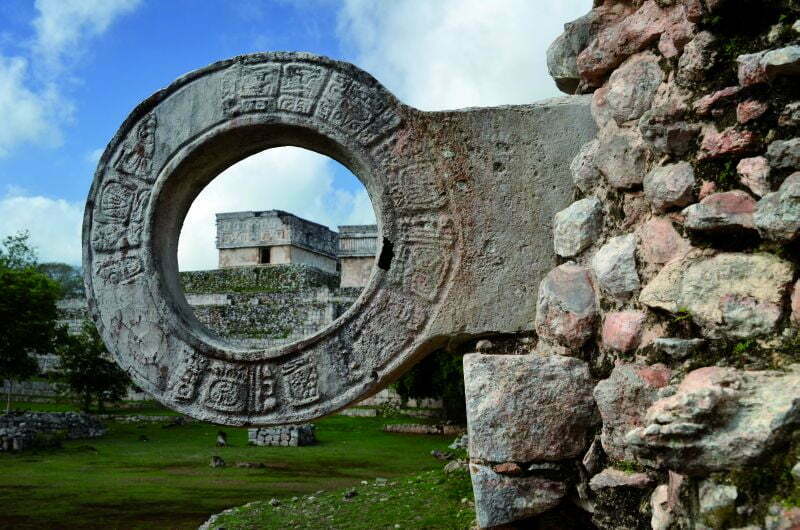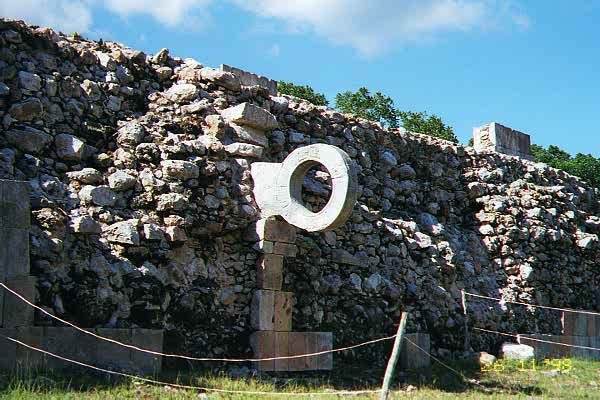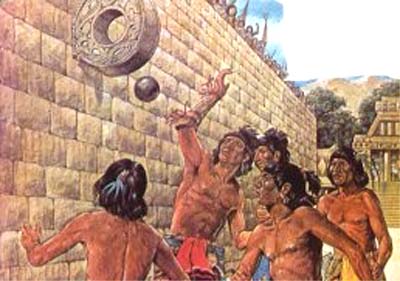Wagon was an amazing invention. Paradigm shift type invention. I'm sure it has spread very fast through all the regions in one generation or two. It will be hard to determine who invented it first, ever.
Exactly. Look at all these dates:
According to the University of Chicago:
"The wheel:
The ancient Mesopotamians were using the wheel by about 3,500 B.C. They used the potter’s wheel to throw pots and wheels on carts to transport both people and goods. "
http://www-news.uchicago.edu/releases/03/oi/030715.oi-firsts.shtml
There's also statements to the effect that the first actual wheel was found in Mesopotamia.
From this link:
http://archaeology.about.com/od/neolithic/qt/Wheeled-Vehicles_2.htm
"Although long-standing tradition credits the southern Mesopotamian civilization with invention of wheeled vehicles, today scholars are less certain, as there appears to be a nearly simultaneous record of use throughout the Mediterranean basin."
"In technological terms, the earliest wheeled vehicles appear to been four-wheeled, as determined from
models identified at Uruk (Iraq) and Bronocice (Poland-3500BC). A two-wheeled cart is
illustrated at the end of the fourth millennium BC, at Lohne-Engelshecke, Germany (~
3402-2800 cal BC [
cal BC])"
"The oldest known
evidence of wheeled vehicles in Europe comes from the Flintbek site, a
Funnel Beaker culture near Kiel, Germany, dated to
3420-3385 cal BC. A series of
cart tracks was identified beneath the northwestern half of the long barrow, measuring just over 20 m long and consisting of two parallel bundles of wheel ruts, up to 60 cm wide. Each single wheel rut was 5-6 cm wide, and the gauge of the wagons has been estimated at 1.1 to 1.2 m wide."
(
Flintbek is near the Baltic Sea.)
"
Reliable dates indicate that two- and four-wheeled vehicles were known from the mid-fourth millennium BC throughout most of Europe. "
The earliest one on the steppe mentioned in this article is in a Catacomb Culture Kurgan:
"In 2014, Shishlina and colleagues reported the recovery of a dismantled four-wheeled full-sized wagon, direct-dated to between
2398-2141 cal BC. This Early Bronze Age
Steppe Society (specifically East Manych Catacomb culture) site in Russia contained the interment of an elderly man, whose grave goods also included a bronze knife and rod, and a turnip-shaped pot.The rectangular wagon frame measured 1.65x0.7 meters (5.4x2.3 ft) and the wheels, supported by horizonal axles, were .48 m (1.6 ft) in diameter. Side panels were constructed of horizontally placed planks; and the interior was probably covered with reed, felt, or woollen mat. Curiously, the different parts of the wagon were made of a variety of wood, including elm, ash, maple and oak."
I did find earlier evidence of wheels on the steppe in this paper, but it's
2900BC.
https://journals.uair.arizona.edu/index.php/radiocarbon/article/viewFile/16087/pdf







